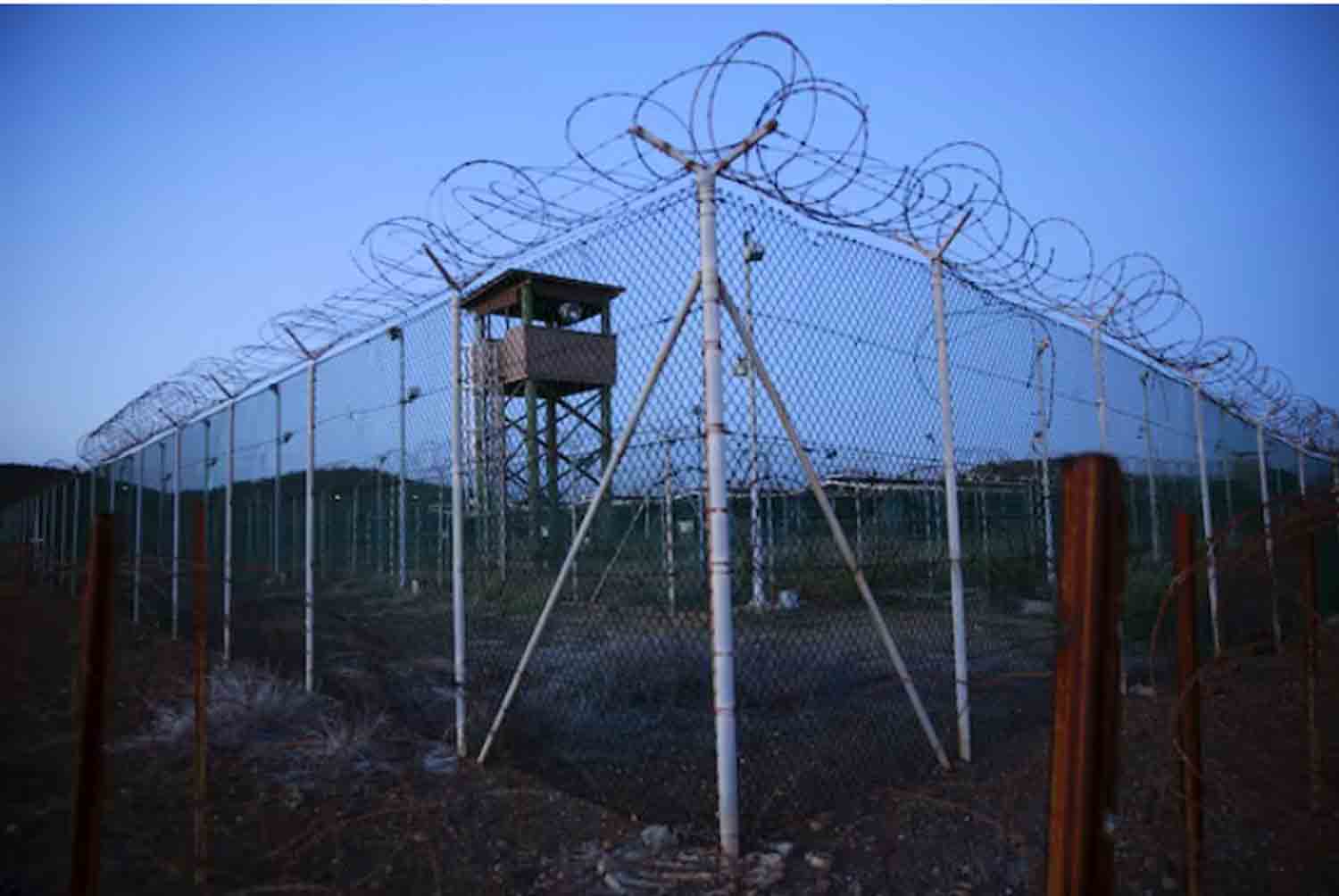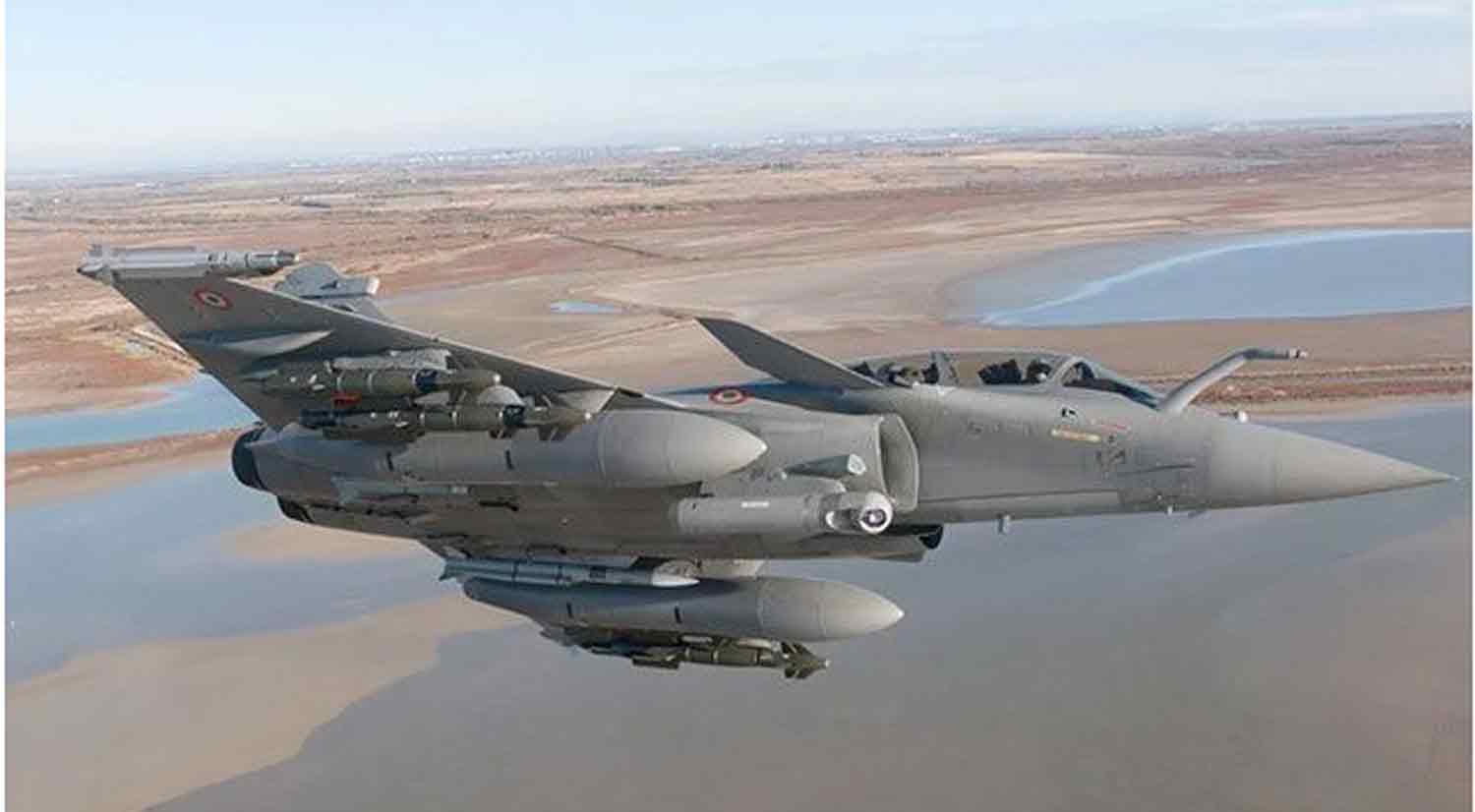The American F-35 and the Russian Su-57 rarely share the same airfield, but this will change next month. According to sources in India, from February 10 to February 14, the two fighter jets will be showcased together at the Aero India 2025 international air show.
Aero India 2025, the largest air show in Asia, will be held in Bengaluru, Karnataka, from February 10 to 14, 2025. Organized by the Defence Exhibition Organisation under the Department of Defence Production, this biennial event highlights the latest advancements in aerospace and defense technology, drawing industry leaders, professionals, and enthusiasts from around the world.
The air show will feature a combination of static aircraft displays, thrilling flying demonstrations, and expansive exhibition areas where attendees can discover innovations in civil, military, and space aviation. Visitors can look forward to impressive aerial performances, state-of-the-art technology, and opportunities for business networking, including B2B and B2G meetings.
Public access will be available on February 13 and 14, allowing attendees to experience the aerial displays and static exhibits. This year’s event is expected to emphasize India’s increasing role in the global aerospace industry, promoting collaborations and showcasing both Indian and international capabilities.
The forthcoming Aero India 2025 air show in Bengaluru will present a significant exhibition of advanced military aviation technology, featuring the United States and Russia displaying their leading fifth-generation fighter jets: the F-35 Lightning II and the Su-57 Felon, respectively.
This event not only showcases cutting-edge aerospace technology but also reflects the geopolitical landscape where military alliances and defense capabilities play crucial roles.
The United States’ choice to showcase the F-35 at Aero India signifies a strategic effort to enhance military relations with India, particularly given India’s crucial position in the Indo-Pacific region, where countering China’s influence is of utmost importance.
The F-35, recognized for its stealth technology, sophisticated sensor integration, and versatility in various roles, exemplifies the technological capabilities and dedication of the U.S. to its allies.
Nevertheless, there has been some ambiguity regarding its demonstration this year; although the aircraft was initially marked as canceled for flight displays, static exhibits are anticipated, allowing Indian defense officials to conduct a close inspection.
This action by the U.S. may be interpreted as a diplomatic initiative, highlighting advanced technology while addressing the challenges of technology transfer and export limitations, especially in light of India’s current defense agreements with Russia and the S-400 air defense systems, which have raised concerns under the Countering America’s Adversaries Through Sanctions Act (CAATSA).
Conversely, Russia’s involvement with the Su-57 at Aero India signals its desire to rejuvenate and fortify defense partnerships with India, one of its oldest military allies. The Su-57, featuring stealth capabilities, exceptional maneuverability, and cutting-edge avionics, seeks to position itself as a viable competitor to Western aircraft such as the F-35.
Russia is not only interested in sales but also in potentially collaborating on joint production or technology transfer with India, aligning with the country’s “Make in India” initiative.
The Su-57’s upcoming exhibition, anticipated to feature dynamic flight demonstrations, presents Russia with a prime opportunity to showcase the aircraft’s capabilities to an international audience. This is particularly significant as India seeks to enhance its air force in response to regional security challenges.
India’s interest in the Su-57 is driven by its ongoing efforts to modernize its air force, which currently experiences a deficit in squadrons relative to its authorized strength. The country is at a pivotal moment, weighing the options of acquiring foreign aircraft versus advancing its own Advanced Medium Combat Aircraft (AMCA) program.
The presence of both the F-35 and Su-57 at Aero India 2025 may impact India’s decision-making, although the nation remains cautious. There is considerable debate within India regarding the potential acquisition of either aircraft. While the F-35 boasts advanced technology, it encounters obstacles due to U.S. restrictions related to India’s S-400 missile systems and the complexities surrounding technology transfer.
Conversely, the Su-57 promises faster integration and opportunities for local production, yet it also presents challenges, including concerns about technology reliability and geopolitical ramifications.
Discussions on platforms like X reveal a diverse range of opinions in India. Some proponents of the F-35 argue that it represents a strategic alignment with Western defense technologies, while others support the Su-57, highlighting the advantages of historical ties with Russia, the potential for collaborative ventures, and more favorable technology transfer conditions.
India’s strategic focus on self-reliance in defense is underscored by the Advanced Medium Combat Aircraft (AMCA) project, which is envisioned as a long-term solution, though it remains several years away from becoming operational.
The AMCA initiative aims to create an indigenous fifth-generation stealth fighter jet, enhancing the capabilities of the Indian Air Force to address the complexities of contemporary aerial combat.
Launched in 2008 with the objective of developing a multirole combat aircraft, the AMCA project has advanced through multiple phases, from initial design to detailed engineering, showcasing India’s commitment to advancing its defense technology independently.
As of early 2025, the project has progressed past the design stage, with the Cabinet Committee on Security (CCS) approving the development of five prototypes slated for completion by 2030.
The inaugural flight of the AMCA is expected to take place before 2028, with full-scale production projected to commence between 2032 and 2035. This timeline reflects a substantial commitment of time and resources, with an estimated development expenditure of approximately Rs 15,000 crore (around $1.8 billion USD).
The AMCA is conceptualized as a single-seat, twin-engine fighter, with the Mark-1 variant anticipated to utilize General Electric F414 engines, delivering a thrust of 98 KiloNewtons [kN]. Future iterations, particularly the Mark-2 variant, are expected to feature a more powerful engine, potentially developed in partnership with international collaborators such as Safran from France.
This aircraft incorporates stealth capabilities, characterized by a reduced radar cross-section, supercruise functionality, and sophisticated avionics, making it adept for air superiority, ground attack, and reconnaissance operations.
The initiative is a collaborative effort involving the Aeronautical Development Agency (ADA), Hindustan Aeronautics Limited (HAL), and various private sector entities, aiming to harness the strengths of both public and private sectors.
Nonetheless, the development process has faced challenges, including technological complexities, funding constraints, and the difficulties associated with creating a high-thrust engine domestically. The AMCA’s advancement is also viewed within the framework of India’s strategic landscape, particularly as neighboring nations like China progress with their own fifth-generation fighter initiatives.
The AMCA represents more than just an addition to India’s military arsenal; it embodies the nation’s commitment to defense self-sufficiency. It is part of a larger strategy aimed at diminishing reliance on foreign military equipment, especially in light of rising geopolitical tensions in the region that demand a robust and modern air force.
The successful development and deployment of this project could significantly reshape India’s defense capabilities, providing a platform that may also be available for export, thereby strengthening India’s standing in the global defense arena.
There is a blend of optimism and impatience surrounding the AMCA, as reflected in conversations on X and various media outlets. While there is a sense of pride in India’s ability to design and potentially manufacture a fifth-generation fighter, concerns persist regarding the timeline and the possibility of India falling behind regional powers in the operational deployment of such advanced aircraft.
The AMCA initiative is a fundamental element of India’s defense strategy, aimed at providing the Indian Air Force with a state-of-the-art, domestically produced fighter jet in the context of intricate international defense partnerships and regional security issues. The project’s success depends on addressing technological, financial, and scheduling challenges, with both the Indian populace and global observers closely monitoring its advancement.
In summary, Aero India 2025 serves not only as a platform for showcasing advanced fighter jets but also as a stage for strategic diplomacy, where each nation promotes its objectives.
The United States seeks to strengthen its foothold in the Asian defense market, Russia aims to preserve its influence in India, and India maneuvers through these dynamics with its strategic interests in focus, balancing the need for immediate capability improvements with the goal of long-term self-reliance in defense technology.
Discover more from Defence Talks | Defense News Hub, Military Updates, Security Insights
Subscribe to get the latest posts sent to your email.





